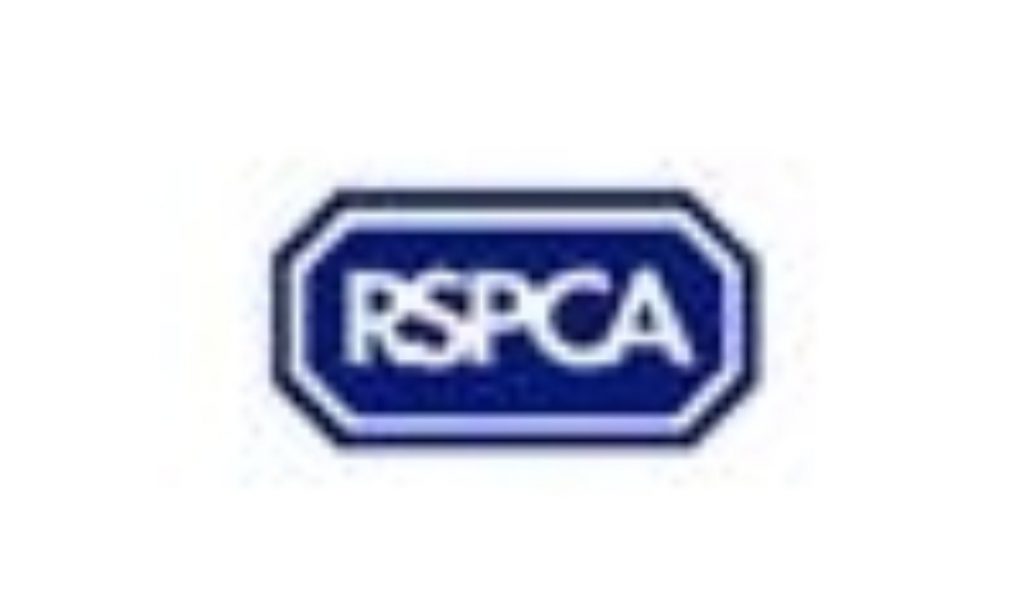RSPCA: Small but mighty: the little owls that punch above their weight
Two juvenile little owls, a species which is one of Britain’s smallest but fiercest predators, are being cared for at RSPCA wildlife centres.
Both were found alone and vulnerable but have made excellent progress.
The older owl is about six weeks old and is lucky to be alive, having ingested part of a rubber band. He was brought in to RSPCA Mallydams Wildlife Centre in Hastings, East Sussex after he was found by himself without a nest nearby. Staff at the centre realised he had eaten a rubber band when he regurgitated it in one of the pellets owls produce as part of their digestive process.
Richard Thompson, wildlife rehabilitation team manager at RSPCA Mallydams Wildlife Centre, said: “It’s quite likely that to a little owl a rubber band could look like an earthworm. An animal doesn’t see it as litter – it will see it as potential food. Young animals are exploring their environment and trying new things all the time, so litter really is a potential danger. A rubber band can choke an animal so it’s lucky this little owl was found”
The RSPCA is calling for people to clean up their acts and think before they drop litter. As well as being a choking hazard, rubber bands can get caught around the necks of small animals and the beaks of birds.
A younger little owl was brought in to RSPCA West Hatch Wildlife Centre in Somerset after being found on the road by a member of the public in Wellington, on the border of Devon and Somerset. It’s believed he may have been hit by a car as he was very weak and unwell when he was found.
After a few weeks care at RSPCA West Hatch Wildlife Centre, he is looking like a much brighter-eyed and happier bird and has transformed from a bundle of fluff to a fully fledged juvenile.
Peter Venn, manager at RSPCA West Hatch Wildlife Centre, said: “After tube-feeding he’s turned around completely and is now looking good. Little owls are quite charming creatures, they never grow very big.”
Little owls only grow about eight inches high but despite their size they are formidable hunters. They are capable of attacking and killing young rabbits weighing as much as they do, using their exceptionally powerful talons. However they are equally happy munching on a worm or a beetle.
The baby owl at RSPCA West Hatch Wildlife Centre was less than a month old when he was brought in, with no flight feathers. Juvenile owls are not fully fledged until they are about 5 weeks old.
Anyone who finds a lone baby owl should initially monitor the situation from afar as the parents may well be nearby. If they are still concerned they should seek advice from the RSPCA on 0300 1234 999.
Notes to editors
— For more information and images of the owl grown up, please contact the press office on 0300 123 0244/0288
— The little owl was introduced to Britain in the 19th Century.
— It hunts chiefly by sight and has a wide diet, from small mammals such as voles and shrews to insects and even small fish.
— Its scientific name, Athene noctua, means ‘wisdom goddess of the night’
RSPCA, Wilberforce Way, Southwater, Horsham, West Sussex RH13 9RS
Press office direct lines: 0300 123 0244/0288 Fax: 0303 123 0099
Duty press officer (evenings and weekends) Tel 08448 222888 and ask for pager number 828825
Email: press@rspca.org.uk Website: www.rspca.org.uk





-01.png)